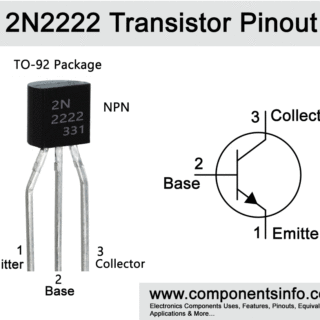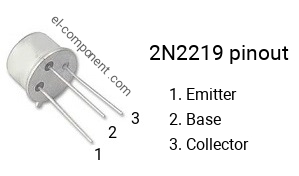

At that time it was as famous for the foreign industry as, for example, in the Soviet Union, the KT315. The latter won great popularity, both among electronics enthusiasts and manufacturers. Motorola had it marked PN222222 and then PN2222A. Since 1965, it was produced in a plastic package TO-92. An employee of the company (Jack Heinichen) invented the annular structure in the manufacture of semiconductor triodes, which allowed to increase the p-n junction voltage to 100 V.Ī number of products made with the new technology, including the transistor in question, were first demonstrated at the Institute of Radio Engineering (IRE) conference in March 1962 in New York. The developer of the 2N222222 in the TO-18 package is considered to be the American company Motorola. The most famous equivalents of 2N2222 are: Externally they are very similar to each other and are quite often found together in differential amplification stages schemes. We can say that the latter has “mirror” characteristics with respect to the one in question and differs only in PNP structure. The complementary pair is considered to be 2N2907(TO-18). Usually their HFE is found out beforehand, often with a multimeter and just before use in a project. Even devices of the same manufacturer may have different HFE values. The current gain (HFE) of the triode in question, like most similar electronic components from the 60’s, varies greatly and ranges from 100 to 300. In a separate column the measuring conditions are shown. Their values as for the maximum are given for temperature (TA) not more than +25 oC. The electrical characteristics of 2N2222 are summarized in a single table below.

According to the datasheet, some of them have an operating crystal temperature (TJ) of up to +200 oC. New devices are manufactured using lead-free technology (Lead Free) and comply with the European RoHS standard.

The pin assignment is as follows (clockwise from the small protrusion): The pinout of the 2N2222 in the TO-18 is shown in the figure below.


 0 kommentar(er)
0 kommentar(er)
